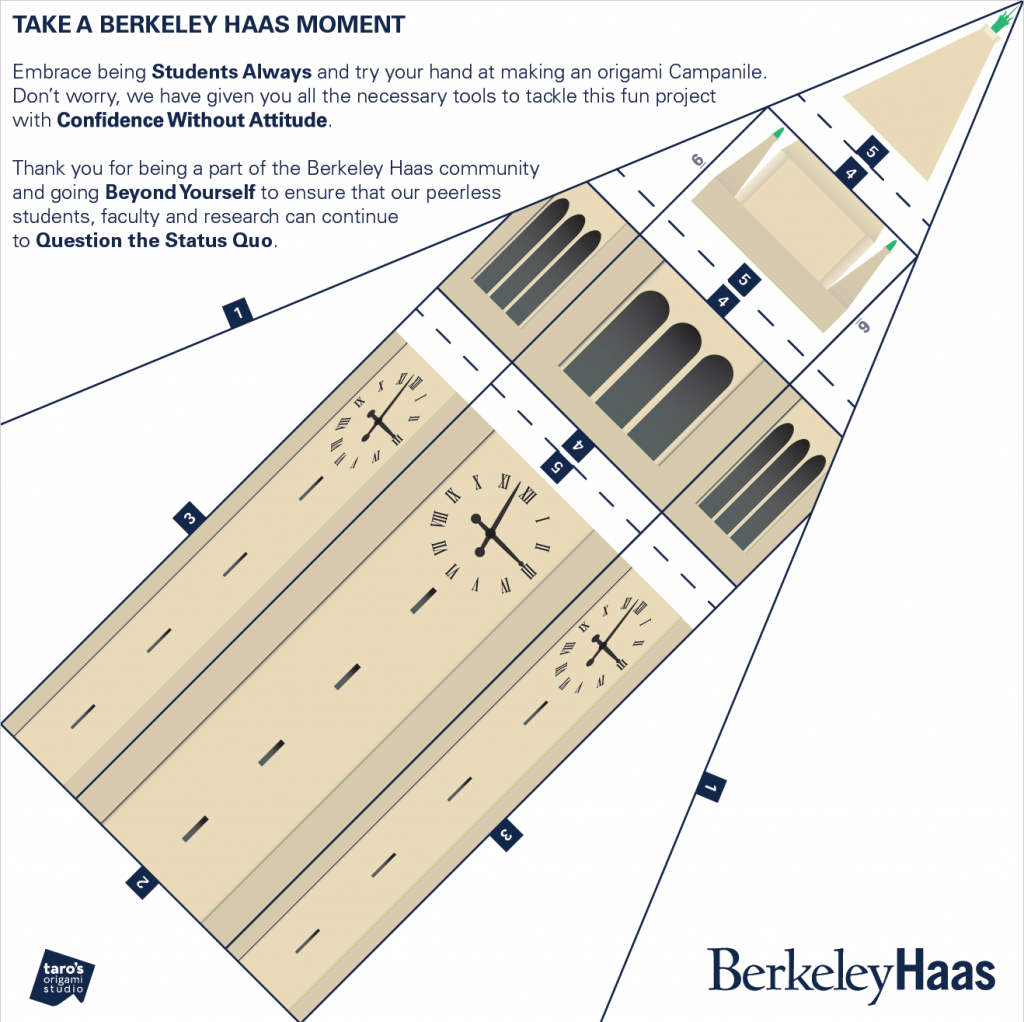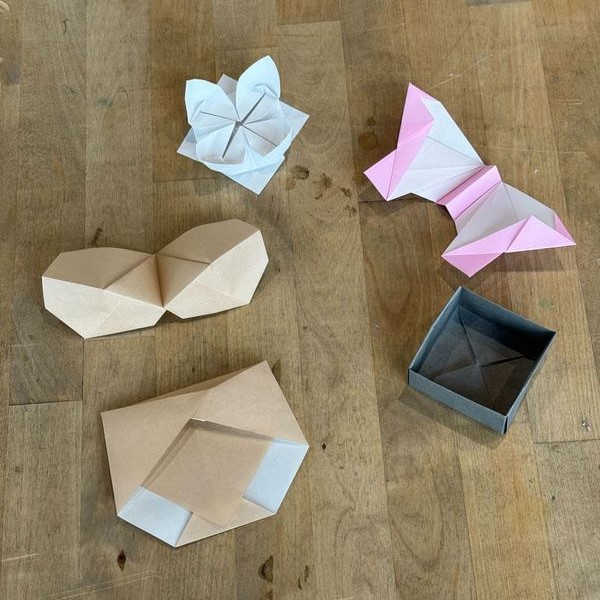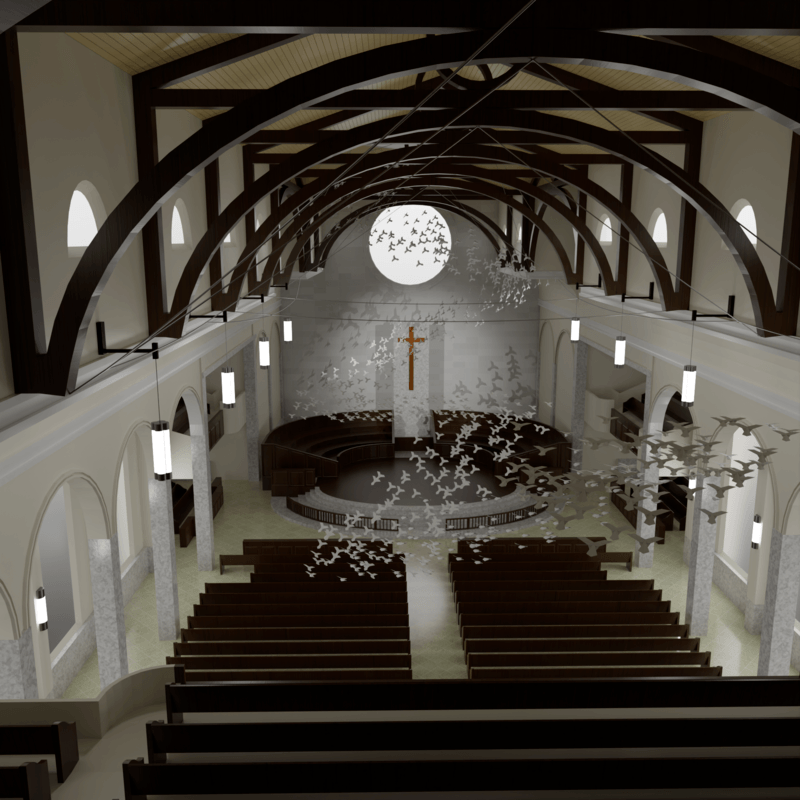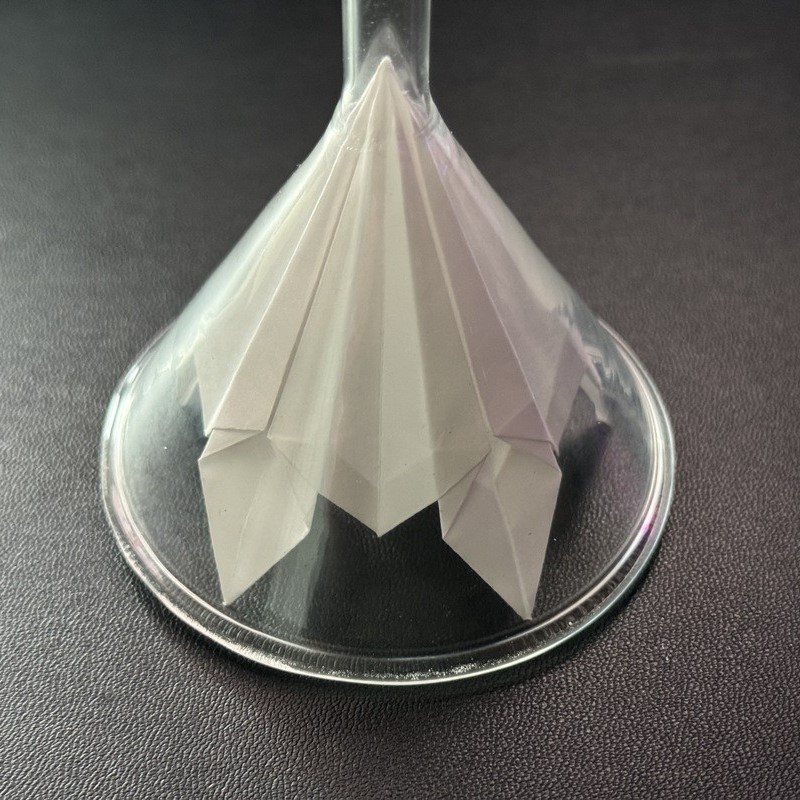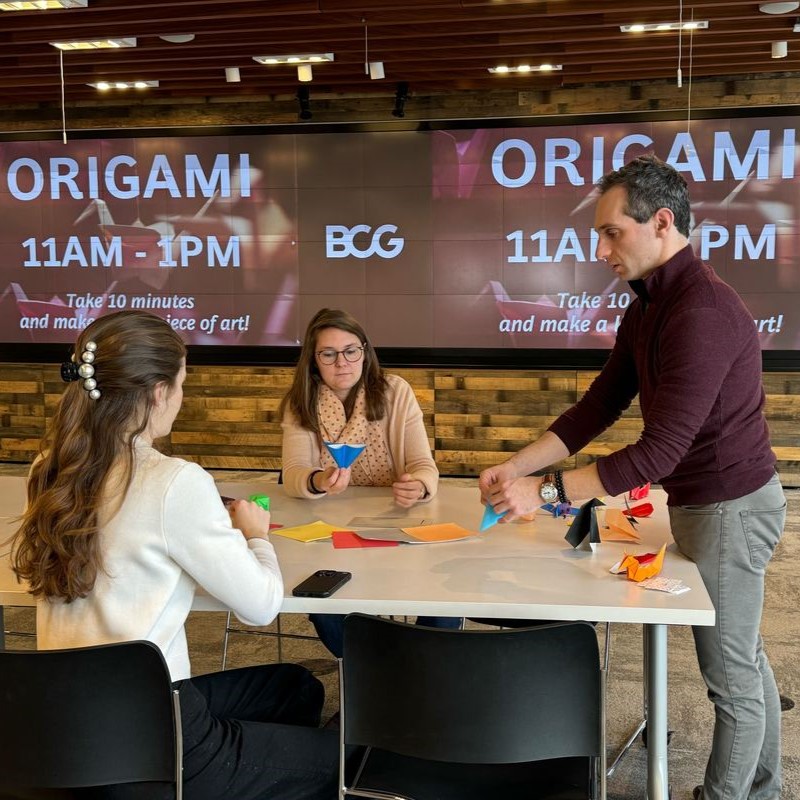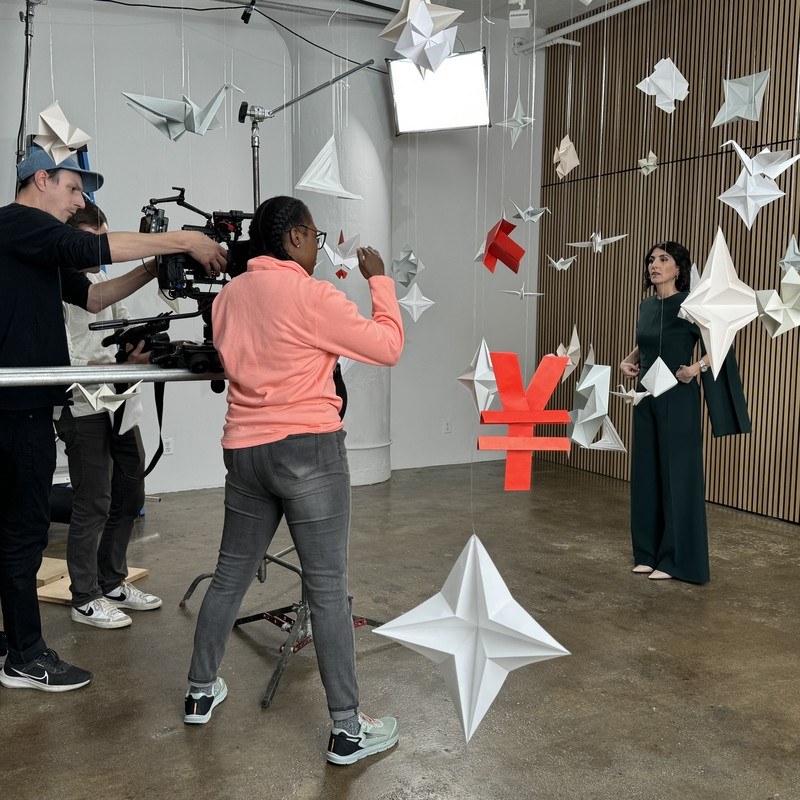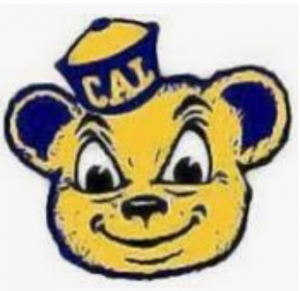
There are a lot of great ways to use origami these days- like recreating a unique shape, spreading information, and getting people to try something new, and in conjunction with the Haas School of Business at the University of Berkeley, California, Taro’s Origami Studio helped create a project that did all three.
The unique vision for the project started with a simple question. Could Taro’s Origami Studio create something simple enough for anyone to fold, but complex enough that would leave a lasting impression on people about the school? To begin with the teams involved looked into creating a handout that used Oski the Bear, the classic UC Berkeley mascot on the left,
You can see in the images below the first attempts to recreate Oski, but in the end they wound up feeling a little flat and simple (and also the NCAA had some thoughts about Oski’s copyright) so a decision was made to go quite a bit bigger…
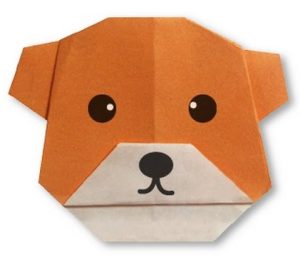
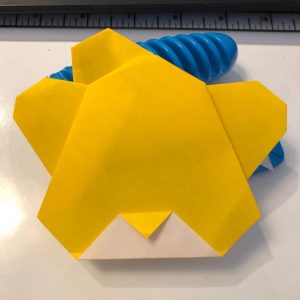
and try and create an origami version of the iconic Berkeley Campanile.

This model created an entirely new set of complications and challenges for the Taro’s Origami team, especially considering that Hass was interested in this model being accessible to children as well as challenging for adults. On top of this they wanted the model to only be on one sheet of paper so that it could be easily included in handouts or mailers. So preliminary models were created for testing and the final decision came down to these two options:
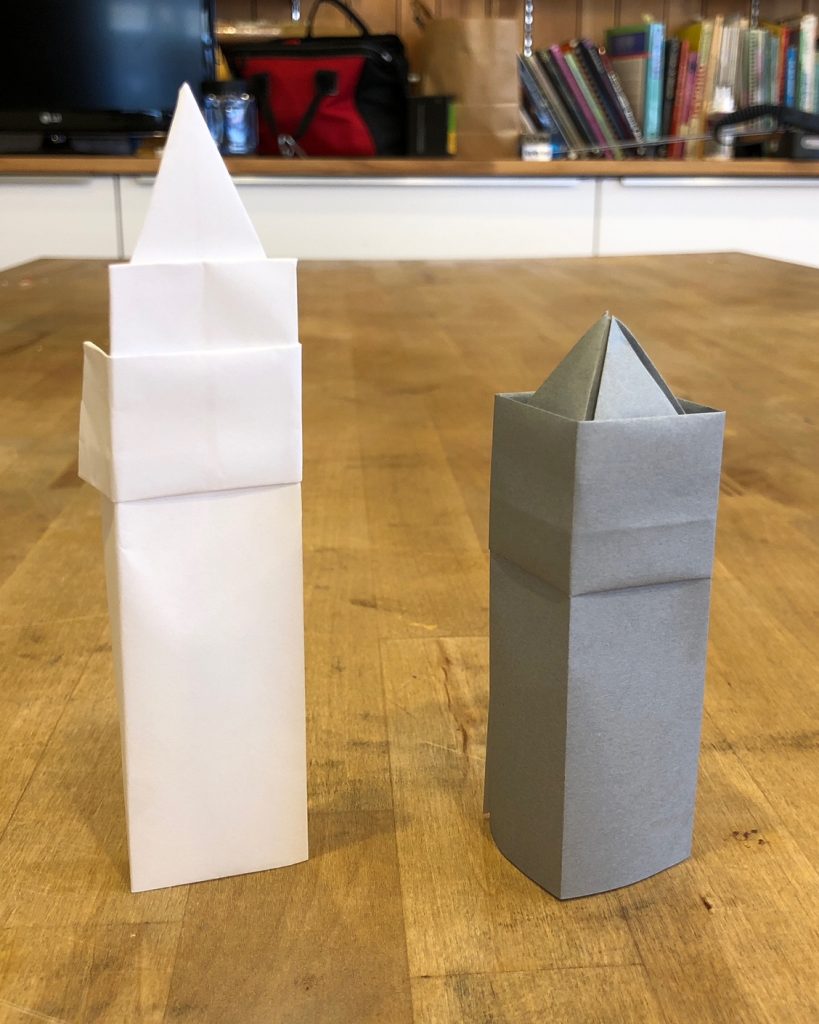
The version on the left was a little closer to the actual shape of the tower and a little easier to fold, but the other version had a much more three-dimensional quality to it. After some quick discussions, the Hass team agreed that the taller version would make the most sense for not only fold-ability, but also because it would allow for more space on the model for text and images. The Taro’s team unfolded the model and then reverse engineered a way to put it on one sheet of paper using the crease pattern. This method is a unique way of teaching and folding origami models, specific to Taro’s Origami Studio. It is a lot like a 3D version of a paint-by-numbers artwork, but instead of painting you simply write numbers on the crease lines and ask the folder to “crease-by-numbers” to connect all the graphics and create the model.
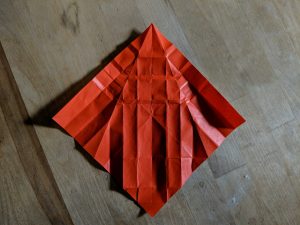
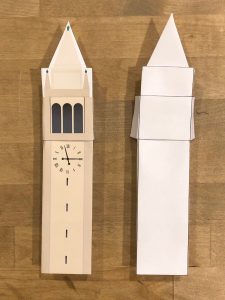
After all of the work to get the correct graphics and numbers and lines in place,you can find the final handout below. Print one off and try your own hand at creating an origami Berkeley Campanile!
